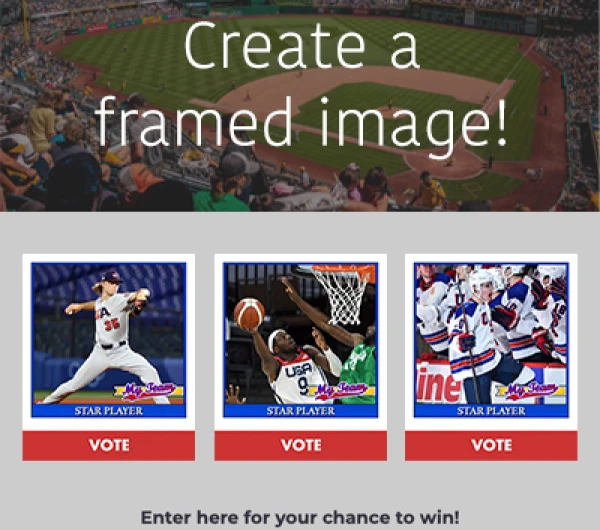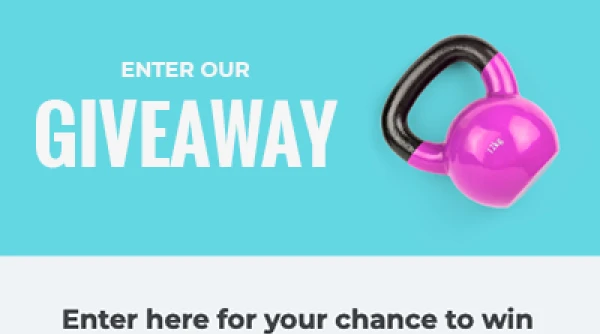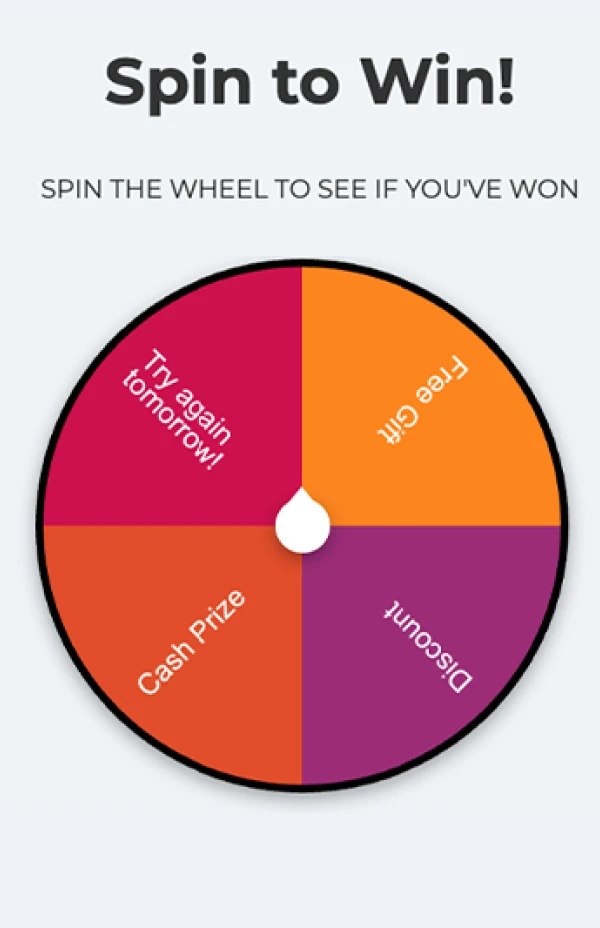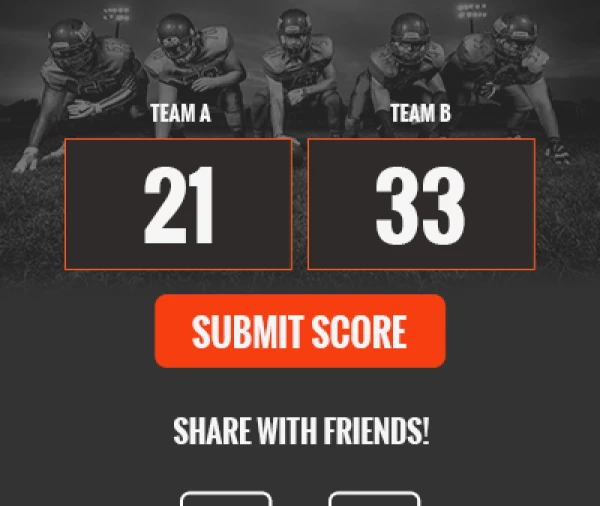Why Collecting Customer Preferences Is Critical for Marketing Success
In today's market, brand differentiation is all about the customer experience. Research shows that buyers are willing to pay more for a great experience. Focusing on customer preferences and personalizing marketing is crucial for success in 2020. Surveys, interactive experiences, multi-step forms, and automated communication are effective ways to collect customer preferences. Prioritizing data collection can help create an unforgettable customer experience.
The differentiation of brands isn’t about the product, price, or positioning anymore...It’s all about the experience.PWC research found that 86% of buyers are willing to pay more if they receive a great customer experience. Other research studies have reinforced the power of the customer experience, with 49% of respondents admitting they have made impulse, on-the-spot purchases simply because they have had a personalized interaction.What does this mean for your brand in 2020?Focusing on the customer experience is critical for retention, lifetime value, and approval ratings.Without an exceptional customer experience from the first touch to post-purchase, you won’t be able to compete. Even if you have the lowest price or the best product.By collecting customer preferences and using them to personalize your marketing, it enables you to create this unforgettable experience.
What are customer preferences?
Did you know that 63% of customers expect brands to use their purchase history to provide personalized experiences?That is an example of customer preferences at play. Not only are you expected to recognize your customers’ preferences for communication (the personalization) but you’re also expected to know your customers’ preferences for products and services (based on their purchase history).Product and communication preferences are the two broadest and most common categories you need to worry about. But as you can imagine, both of these broad categories have a laundry list of other components all with preferences of their own.Product categories, price points, delivery times, and styles are all consumer preferences. Frequency of communication, marketing channel of choice, and type of communication (sales, marketing, and transactional) are also preferences your customers have.
63% of customers expect brands to use their purchase history to provide personalized experiences
Basically, the more information you can collect about how your customers want to interact with you and the things they like the buy, the more you can personalize the buying experience.
How do you collect customer preferences?
Customer preferences can be collected in numerous ways. From background tracking and automation, such as website pixels and purchase data, to primary research, such as surveys and multi-step feedback forms. The more opportunities you create to collect customer preferences, the more holistic the picture of your customer will be.Of course, a key challenge with collecting customer preferences from so many different inputs is your ability to connect the dots. Making sure that in-store point-of-sale systems are adequately connected with online buying behavior, email activity, customer service interactions and more.How you connect the dots is a whole topic in itself, but for now, let’s take a look at some of the best ways you can proactively collect customer preferences with online tools:
#1. Surveys
Your customers are familiar with surveys and questionnaires, making them both powerful and ineffective at the same time.On one hand, the information you gather from surveys can be extremely useful when determining the preferences of your customers and your customers know exactly how to fill them out.On the other hand, without an incentive, it’s unlikely that your customers will complete a survey because they are bombarded with similar requests from other brands.The ShortStack form designer offers an easy way to create a survey in just a few moments, but when you do so, consider these best practice survey principles:
- Incentivize survey respondents with a discount or exclusive offer
- Promote your survey across multiple customer channels to get more submissions
- Avoid too many open-ended questions and focus on easy-to-answer multiple-choice or radio button questions
- Make some questions optional, so more people complete the survey
- Be deliberate about the questions you ask so you collect the customer preferences you need to make meaningful business decisions
As well, don’t survey your customers too often. Less frequent surveys will get more respondents and obtain the custom preference data you’re looking for.Below is an automated email survey from Dropbox that gathers feedback about customer support. It’s super easy to choose a rating and opens the door for Dropbox to dive deeper once you do.

An email from Dropbox collecting customer preferences
#2. Interactive experiences
An interactive experience uses technology to engage with customers on a one-to-one level. It personalizes the online experience by responding, in real-time, to a user’s actions without human intervention.Some examples of interactive experiences include contests, quizzes, polls, and calculators. All of these techniques are excellent methods for collecting customer preferences, even if their purpose from a user’s perspective is something quite different. In fact, interactive experiences are 2x more effective at getting customer preferences than static content.The primary benefit of interactive experiences for collecting customer information, when compared with surveys, is that they don’t require as much of an incentive. Personality quizzes, for example, are completed by respondents purely because they want to unlock the results of the quiz. This allows you to collect customer preferences without boring your audience or needing to handover discounts or other offers.Timbuktu Labs, Inc, an indie book publisher, used a personality quiz to collect thousands of leads, entertain their customers, and most importantly, capture invaluable customer preferences:

An example of a personality quizView and Create Your Own
#3. Multi-step forms
Multi-step forms are designed to collect qualifying information and customer preferences by dividing critical questions up into several steps. They typically start with easy, non-confrontational questions and progress to more personal preferences at each step.This kind of data collection works best when a user is actively seeking information about something. For example, maybe they want a quote for a service, or perhaps they’re looking to compare products, prices, or features. Their desire to get the information they’re looking for will encourage them to progress through the form, leaving a trail of valuable data along the way.You will regularly see comparison websites or insurance companies use this tactic. They will start by asking something simple and broad, such as, “How can we help you today?” As you begin to type your response, the form will suggest options and guide you to the next step.The comparison website, Canstar, is a great example of this.

How multi-step forms can be used to collect customer preferences
#4. Automated communication
Well-timed automation is another excellent way to collect customer preferences.For example, if a customer is talking with a chatbot on your Facebook Page or website, you can automate questions and make it easy for them to find the information they’re looking for with pre-set responses. Of course, from a customer’s perspective, this is a way to answer the questions they have. But from your perspective, these sequences can collect important information about your customers.Another example of automated communication for collecting customer data is follow-up emails after a purchase. If you get the timing of automated emails right, you can ask customers to answer simple questions from their inbox that help you understand more about why they bought from you and how their experience was.I love this example from home cleaning and handyman service, Handy. They ask a very simple question, offer an incentive, and collect great customer preferences for their services.

An automated email from a services company gathering feedback
Conclusion
The customer experience is more important than ever and creating an unforgettable experience comes down to the data you have available. This makes collecting customer preferences a priority for brands of all shapes and sizes.Whether you launch a customer survey, build an interactive experience, or leverage your website and other communication channels, it’s never too late to make data collection a priority.
About the author
Will Blunt is the founder of Sidekick Digital by Will Blunt - B2B Marketing Expert - Sidekick Digital, a publishing business that launches, manages, and grows brands with content marketing.
Recent posts
Go back to blogGet marketing tips straight to your inbox
Launch an irresistible giveaway. Get started for free.
Join 630.000+ marketers that are boosting engagement and sales.













